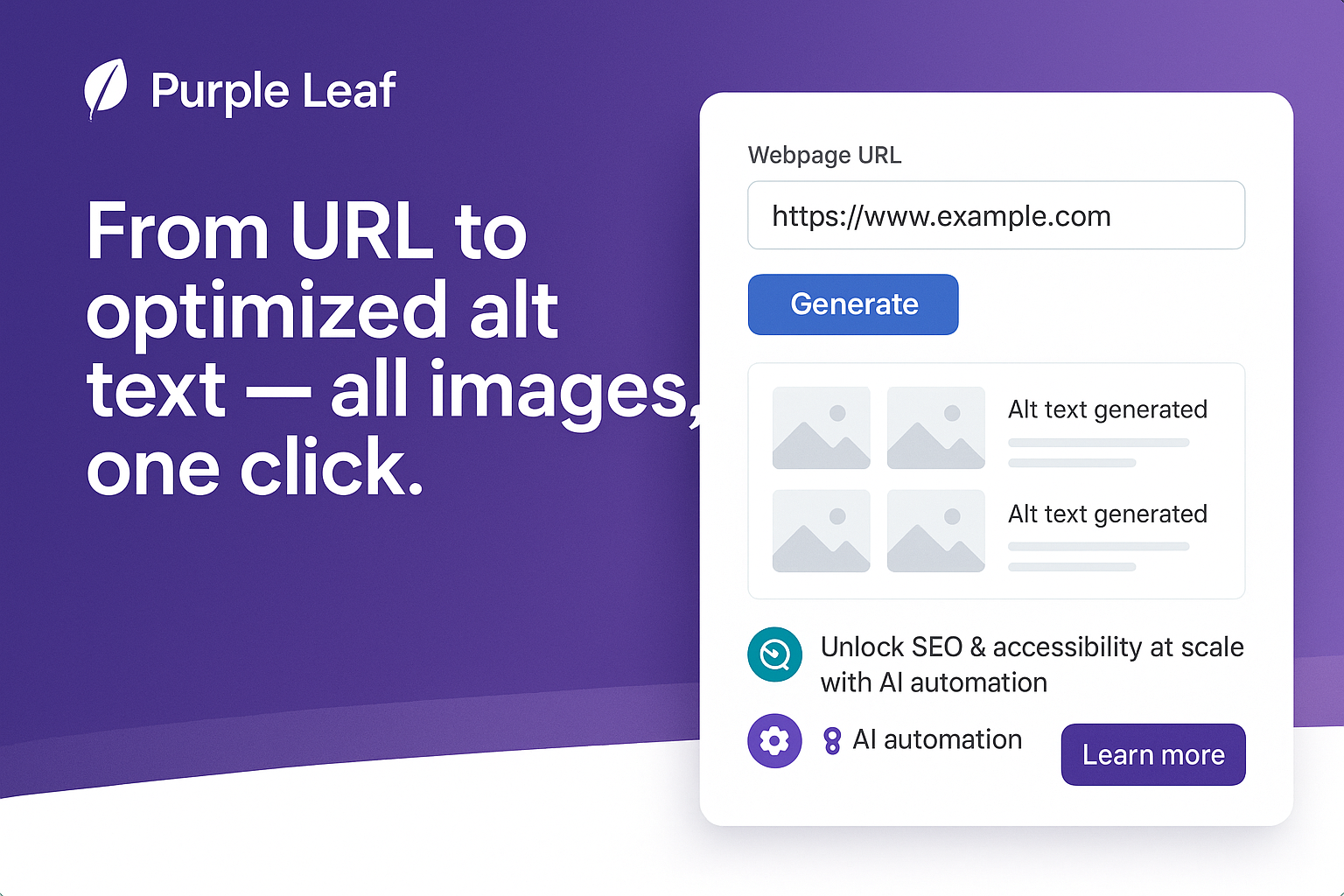
A sitemap is a structured file that lists the key pages of a website, helping search engines like Google and Bing crawl and index the site efficiently. By providing a clear roadmap of all accessible URLs, it ensures that essential pages, including those that may not be easily discoverable through internal linking, are indexed properly. An XML sitemap, in particular, is specifically designed for search engines, enhancing their ability to understand a website’s structure and prioritize pages for indexing.
Why is an XML Sitemap Important?
- Improved Indexing: A well-structured XML sitemap ensures search engines can discover and index all essential pages, especially new or deep-linked content that might not be easily found.
- Better SEO Performance: Providing a clear hierarchy of pages helps search engines understand your site’s structure, which can positively impact rankings.
- Essential for Large Websites: Websites with thousands of pages, e-commerce stores, and dynamic sites benefit greatly as sitemaps make sure all content is indexed.
- Assists in Discovering Updates: When pages are added, removed, or modified, an updated sitemap helps search engines quickly recognize these changes and adjust their index accordingly.
- Enhances Crawl Efficiency: A sitemap ensures that search engines efficiently allocate their crawl budget, focusing on important pages rather than spending time on irrelevant or duplicate content.
- Improves User Experience: By keeping essential pages indexed and accessible in search results, an XML sitemap indirectly enhances user navigation and engagement.
How to Generate an XML Sitemap
Creating an XML sitemap can be done manually, but most website platforms offer automated solutions. Here’s how to generate an XML sitemap on different platforms:
- WordPress:
- Install and activate an SEO plugin like Yoast SEO or Rank Math.
- Navigate to the plugin settings and enable the sitemap feature.
- The sitemap will be available at yourwebsite.com/sitemap_index.xml.
- Submit the generated sitemap to Google Search Console for indexing.
- Shopify:
- Shopify automatically generates a sitemap for every store.
- You can find it at yourstore.com/sitemap.xml.
- Submit it to Google Search Console to help with better indexing.
- WooCommerce:
- Since WooCommerce is built on WordPress, you can use plugins like Yoast SEO or All in One SEO Pack to generate an XML sitemap.
- Follow the same steps as WordPress to enable and submit the sitemap.
- Wix:
- Wix automatically creates an XML sitemap for websites built on the platform.
- It is located at yourwixsite.com/sitemap.xml.
- Wix also provides built-in SEO tools to manage and submit sitemaps to search engines.
- Custom Websites & Other Methods:
- If you have a custom-built website, use online sitemap generators like Screaming Frog, XML-Sitemaps.com, or command-line tools to create an XML sitemap.
- Ensure the generated sitemap follows proper XML formatting and includes all key pages.
- Upload the sitemap to the website’s root directory and submit it to Google Search Console for tracking and monitoring.
Regardless of the method used, regularly updating and resubmitting your XML sitemap ensures search engines have the latest version of your website’s structure, helping maintain strong SEO performance.
Why Keep Your XML Sitemap Updated?
- Ensures New Content is Indexed Quickly: Whenever you add fresh content, an updated sitemap helps search engines discover and index it faster.
- Prevents Indexing of Deleted or Broken Pages: Regularly updating your sitemap removes outdated pages from search results, improving SEO performance.
- Reflects Website Structure Changes: Websites evolve over time, and an updated sitemap ensures that search engines always have an accurate understanding of your site’s layout.
- Enhances SEO and Search Visibility: By keeping your sitemap current, you provide search engines with the best possible structure for ranking your site in search results.
- Optimizes Crawl Budget for Efficient Indexing: Ensuring that search engines focus on high-priority pages maximizes the efficiency of their crawling process, avoiding wasted resources on irrelevant pages.
- Boosts Website Credibility: A regularly updated sitemap signals to search engines that your site is well-maintained, potentially improving rankings and credibility in search results.
Keeping your XML sitemap up to date and submitting it to Google Search Console regularly ensures your website remains visible and well-indexed in search engines, boosting its overall performance.
Why Purple Leaf Requires a Sitemap?
An updated sitemap helps Purple Leaf efficiently import website pages and generate social media posts based on the latest content. This ensures accurate and timely post creation, enhancing content relevance and engagement. By referencing the pages listed in the sitemap, Purple Leaf can systematically gather information from a website, ensuring that every piece of content used in social media automation is up to date and aligns with the latest updates on the site. This ultimately helps businesses maintain a consistent and accurate online presence.





